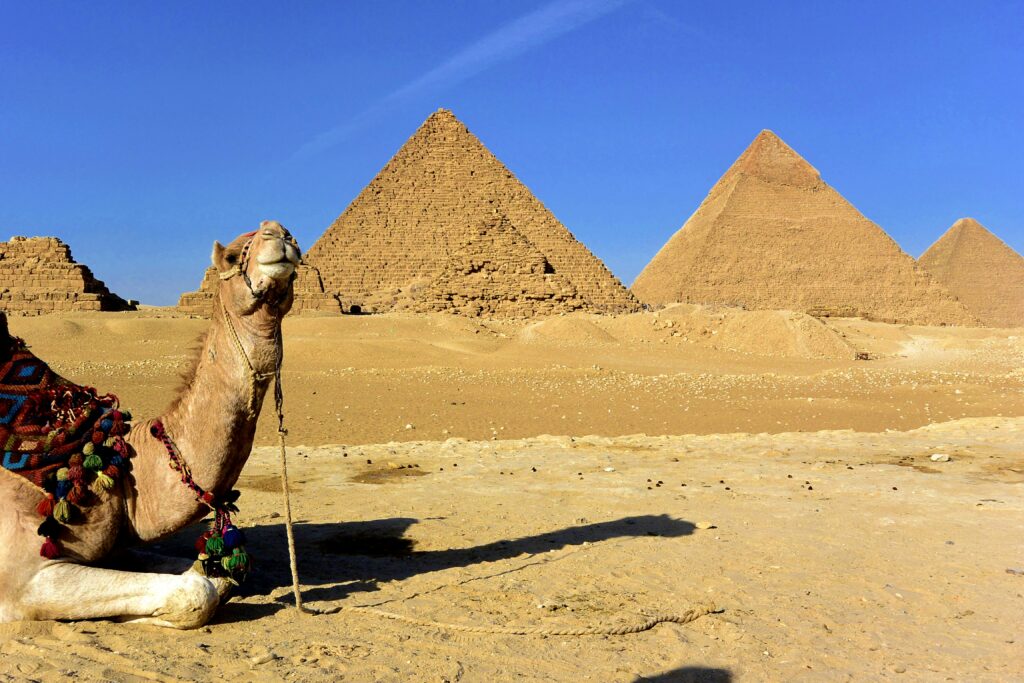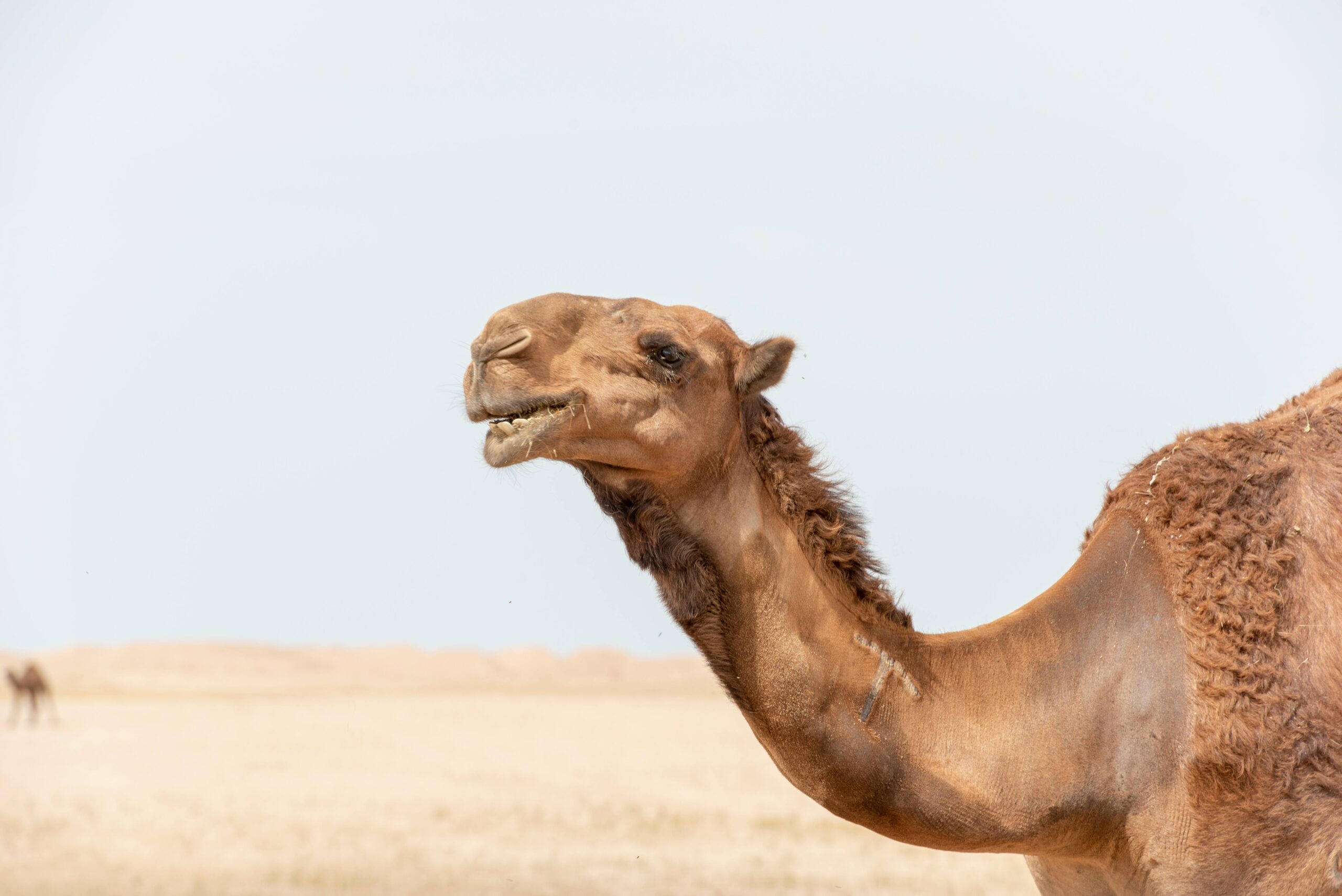Introduction
Welcome to the desert oasis of knowledge where we embark on a journey to unravel the mysteries of the Camel. Often dubbed as the “Ship of the Desert,” camels have been integral to the survival of civilizations across arid landscapes. In this comprehensive guide, we delve into every aspect of these remarkable creatures, from their physical attributes to their cultural significance.
The Camel’s Habitat and Adaptations
Surviving in Arid Environments
Camels, known for their remarkable ability to thrive in harsh desert environments, have evolved several adaptations to ensure their survival. With their iconic humps storing fat reserves, they can endure long periods without water, making them well-suited to the arid conditions of deserts.

Unique Physiological Features
Camel‘s nostrils possess intricate mechanisms that allow them to conserve moisture with each breath, minimizing water loss. Their thick fur acts as insulation against extreme temperatures, while their broad, padded feet enable them to traverse sandy terrain with ease.
The Importance of Camels in Culture and History
Symbol of Resilience
Throughout history, camels have been revered for their resilience and endurance. In many cultures, they symbolize strength and adaptability, serving as a source of inspiration for human survival in challenging circumstances.
Vital Role in Trade and Transportation
From the ancient Silk Road to modern desert caravans, camels have played a crucial role in trade and transportation across vast stretches of desert terrain. Their ability to carry heavy loads for extended distances has made them invaluable assets to merchants and travelers alike.
The Camel’s Diet and Feeding Habits
Adaptations for Scarce Resources
Camel‘s diet primarily consists of dry, thorny vegetation found in desert regions. Their specialized digestive systems can extract moisture from these seemingly inhospitable plants, allowing them to thrive on minimal water intake.
Grazing Strategies
Camels employ various grazing strategies to maximize their nutrient intake while minimizing energy expenditure. They are known to browse selectively, choosing plants rich in nutrients and avoiding those with low nutritional value.
[Camel:Mysteries of the Desert Wanderer]
Camel: A Cultural Icon
Symbolism in Art and Literature
From ancient petroglyphs to contemporary artworks, camels have been a recurring motif in human expression. Their majestic presence often symbolizes endurance, strength, and the indomitable spirit of survival.
Ceremonial and Religious Significance
In many cultures, camels hold significant ceremonial and religious importance. From camel races in the Arabian Peninsula to the use of camels in religious rituals, these creatures are deeply ingrained in the cultural fabric of desert communities.
read more about pocket shark :https://worldanimalhub.online/unveiling-the-wonders-of-the-pocket-shark-a-comprehensive-guide/
